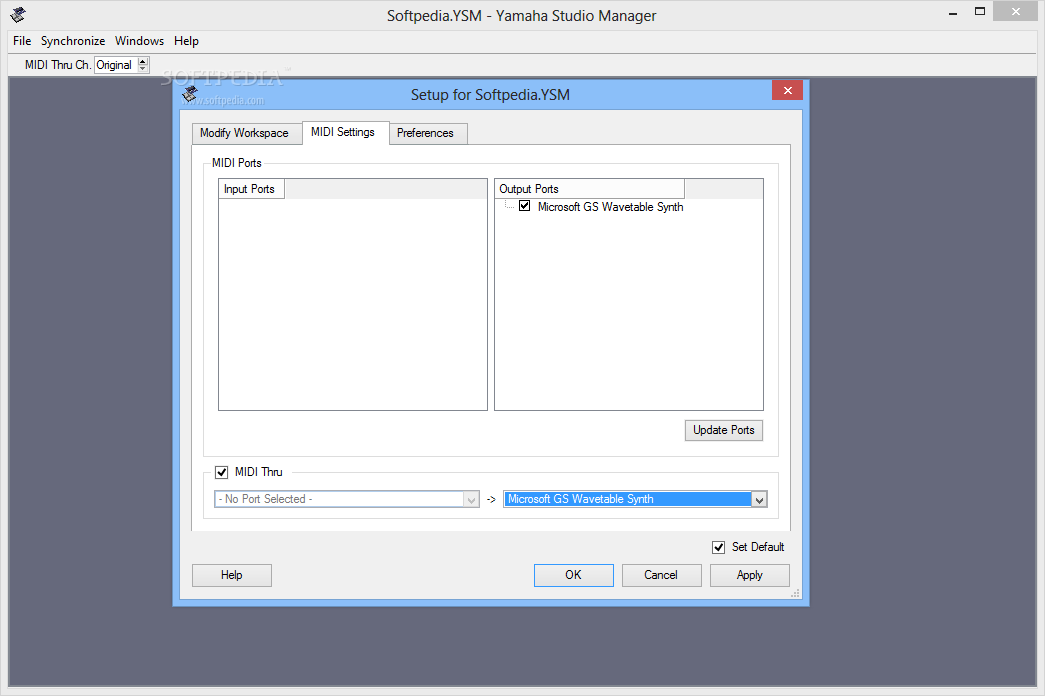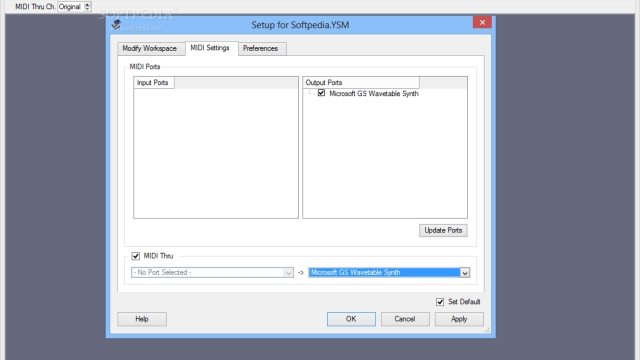Running a successful studio involves specialized skills, efficient workflow processes, and effective client management. As creative professionals, it’s crucial to not only focus on the artistic aspects but also master the art of studio and client management. In this comprehensive guide, we will explore the key elements of studio management and client management, providing valuable insights and strategies to help you streamline your operations, enhance client relationships, and elevate your overall productivity.
Studio management involves various aspects that contribute to the smooth functioning of a creative studio. One crucial component is implementing a powerful Customer Relationship Management (CRM) system. A well-developed CRM helps you organize and track client interactions, ensuring personalized and targeted communication. By leveraging this technology, you can easily access client information, history, and preferences, allowing you to deliver exceptional customer service and ultimately build long-term client loyalty.
Studio Management
Additionally, efficient studio management includes effective invoicing practices. Clear and concise invoicing not only ensures swift payments but also helps maintain transparency in your financial dealings. Implementing intuitive and comprehensive invoicing tools can significantly improve your billing process, ensuring that your studio’s financial health remains robust.
Client management plays a vital role in maintaining strong relationships and fostering ongoing collaborations. It is essential to effectively communicate with clients, understanding their needs, and managing expectations. Regular and transparent communication builds trust and keeps projects on track. Providing frequent updates, addressing concerns promptly, and offering proactive solutions are essential techniques for successful client management.
As we delve deeper into this guide, we will explore each of these elements in detail, providing practical tips, best practices, and case studies to help you master the art of studio and client management. Let’s embark on this insightful journey, empowering you to take your studio operations to new heights while nurturing meaningful and long-lasting client connections.
Section 1: Understanding CRM and Studio Management
In today’s fast-paced business world, managing a studio and connecting with clients effectively are crucial aspects of success. To streamline these processes, many businesses rely on Customer Relationship Management (CRM) systems and efficient studio management strategies.
CRM software enables businesses to organize and analyze their interactions with clients, helping them build stronger relationships with customers. By utilizing CRM tools, studios can centralize client data, track communications, and gain valuable insights into client behavior and preferences.
Studio management encompasses various tasks ranging from project scheduling and resource allocation to financial management and team collaboration. A well-implemented studio management system ensures that projects are completed smoothly and efficiently while maintaining high standards of quality and client satisfaction.
To effectively master studio management, it is essential to leverage CRM software to its fullest potential. By integrating CRM into your studio management practices, you can enhance client communication, optimize project workflows, and ensure that invoicing and financial management are streamlined and accurate.
By utilizing CRM tools, studios can access a wealth of information about their clients, including their past projects, preferences, and feedback. This knowledge enables businesses to personalize their services, anticipate client needs, and provide tailored solutions, thereby fostering long-term client relationships.
In summary, CRM and studio management go hand in hand in the pursuit of efficient and successful client engagement. The integration of CRM software with studio management practices helps businesses connect with clients on a deeper level, streamline processes, and ultimately achieve greater operational effectiveness and client satisfaction.
Section 2: Effective Invoicing Strategies
In any studio and client management system, having effective invoicing strategies is essential. It ensures that you receive timely payments for your services and helps maintain a healthy cash flow. Here are three key strategies to consider:
Clear and Detailed Invoices: When creating invoices for your clients, it’s crucial to provide clear and detailed information about the services rendered and the corresponding charges. Include a breakdown of the work performed, the hours spent, and any additional expenses incurred. This level of transparency helps clients understand the value they are receiving and minimizes confusion or disputes regarding the invoice.
Timely Delivery: Sending out invoices promptly is important to encourage timely payment from clients. Make it a priority to generate and send invoices as soon as the work is completed or at agreed-upon intervals. Utilizing an efficient CRM system can help automate this process, ensuring that invoices are delivered without delay.
Payment Options and Reminders: Offering multiple payment options can make it convenient for clients to settle their invoices promptly. Provide alternatives like bank transfers, credit card payments, or online payment platforms. Additionally, sending timely reminders to notify clients of approaching or overdue invoices can help avoid payment delays and improve overall cash flow.

By implementing these effective invoicing strategies, you can streamline your financial processes and enhance client satisfaction. Remember, seamless invoicing plays a significant role in maintaining a successful studio and client management system.
Section 3: Best Practices for Client Management
In client management, implementing effective strategies is crucial for maintaining positive relationships and maximizing client satisfaction. Below are some best practices to consider:
Clear and Regular Communication:
Maintaining open lines of communication with clients is essential. Regularly update them on project progress, seek feedback, and address any concerns promptly. Clear communication ensures that both parties are on the same page and helps in avoiding misunderstandings.Active Listening and Understanding:
It’s important to actively listen to your clients to understand their needs and expectations. By empathizing with their perspective, you can tailor your services to meet their specific requirements. Taking the time to understand their goals and objectives fosters a strong partnership.Timely Delivery and Exceeding Expectations:
Meeting deadlines and delivering high-quality work demonstrates professionalism and reliability. Always strive to exceed client expectations by going the extra mile and delivering outstanding results. This helps build trust and encourages repeat business and referrals.
Remember, effective client management is an ongoing process, and adopting these best practices can lead to successful long-term partnerships. By actively engaging with your clients, listening to their needs, and consistently delivering exceptional service, you can master the art of client management.



